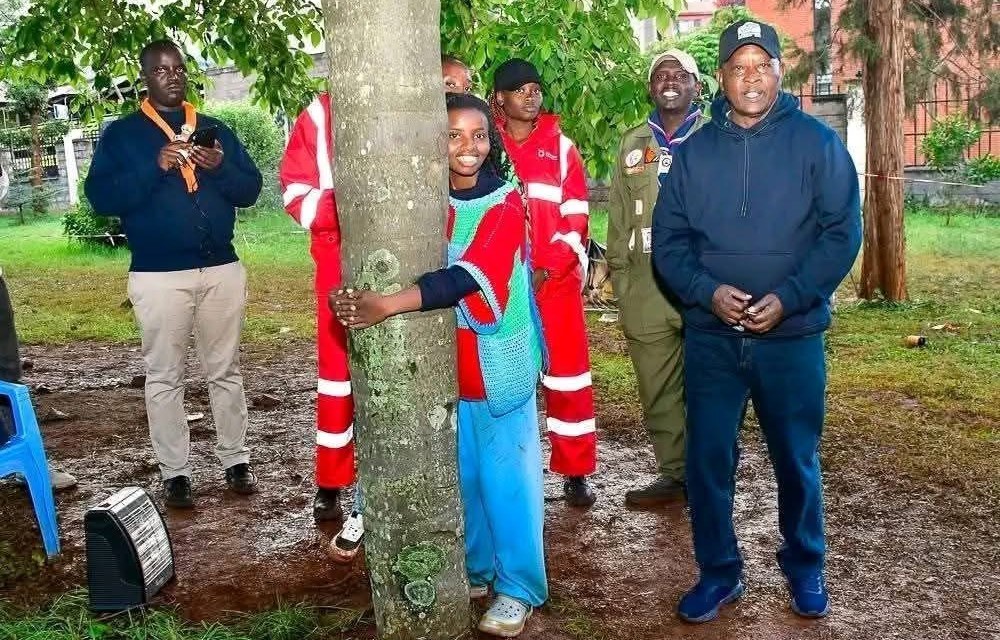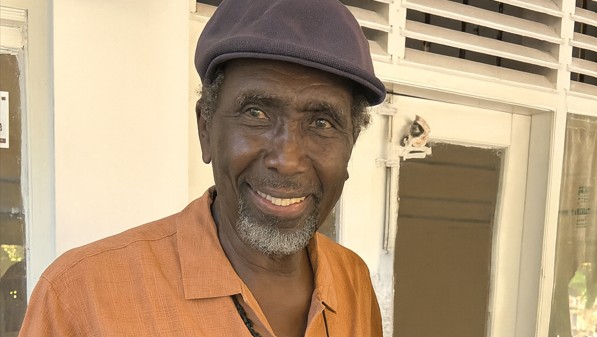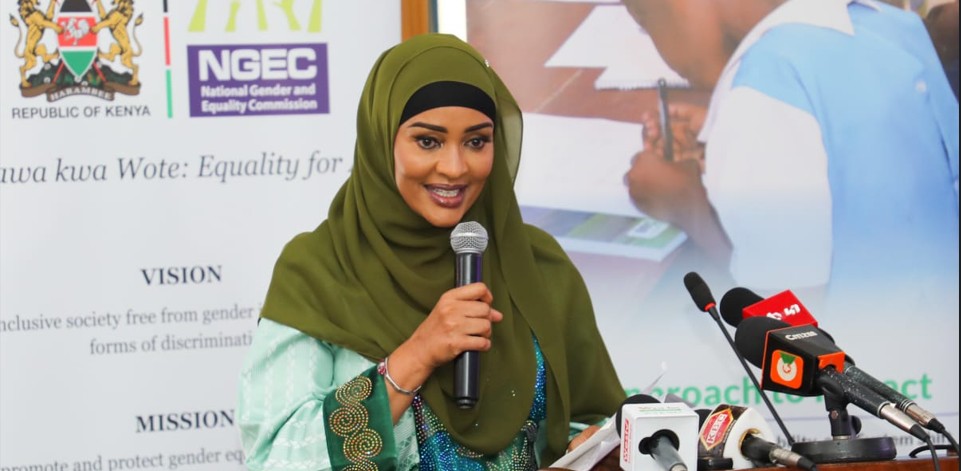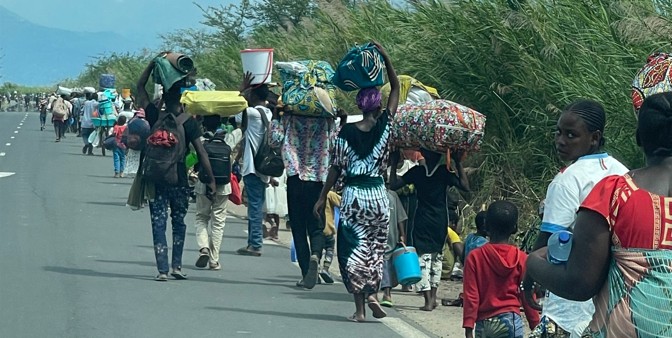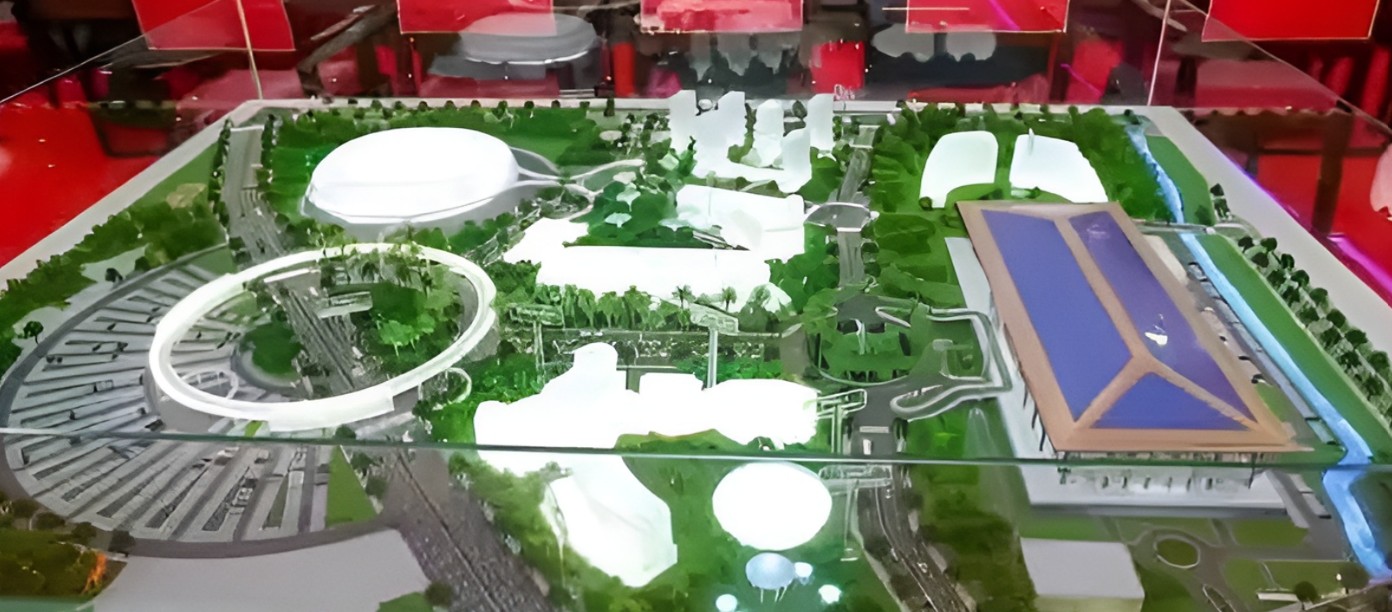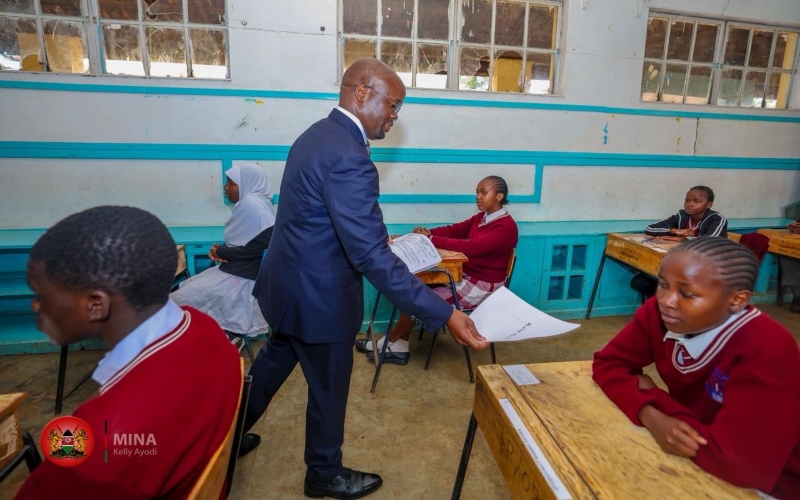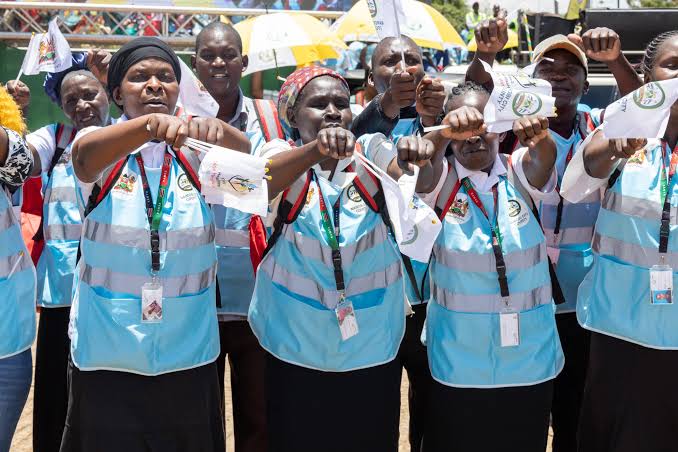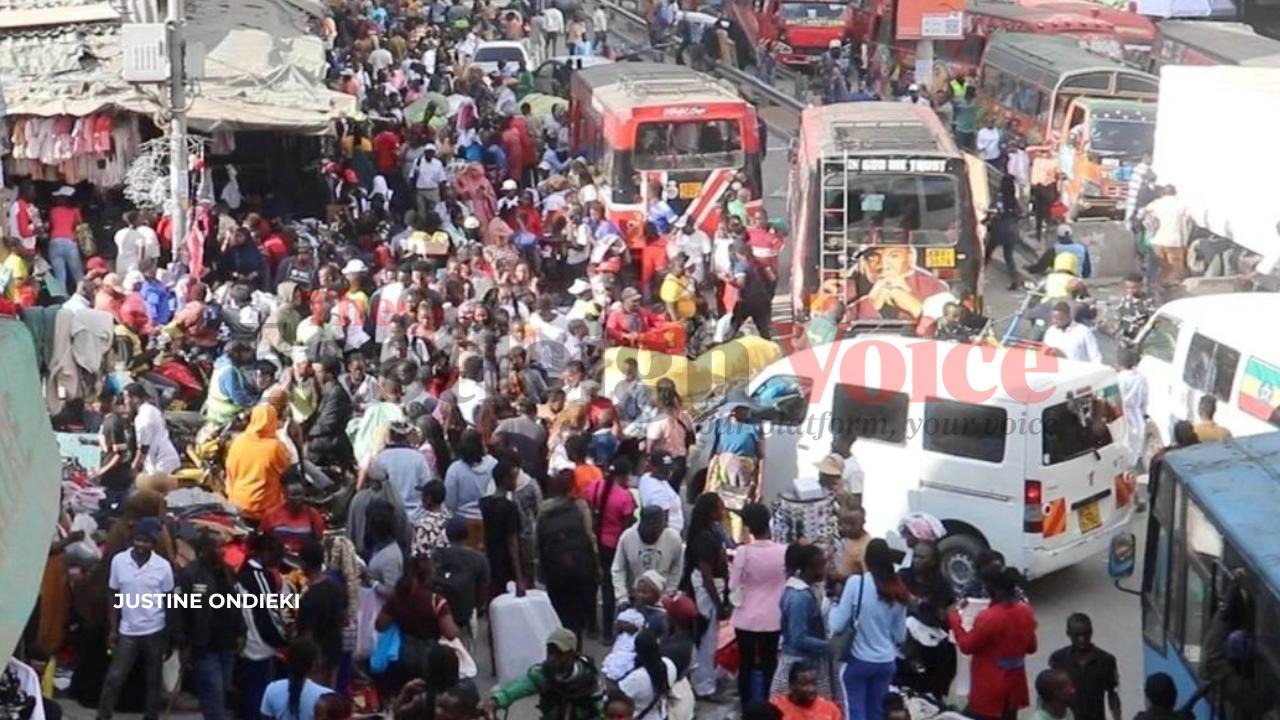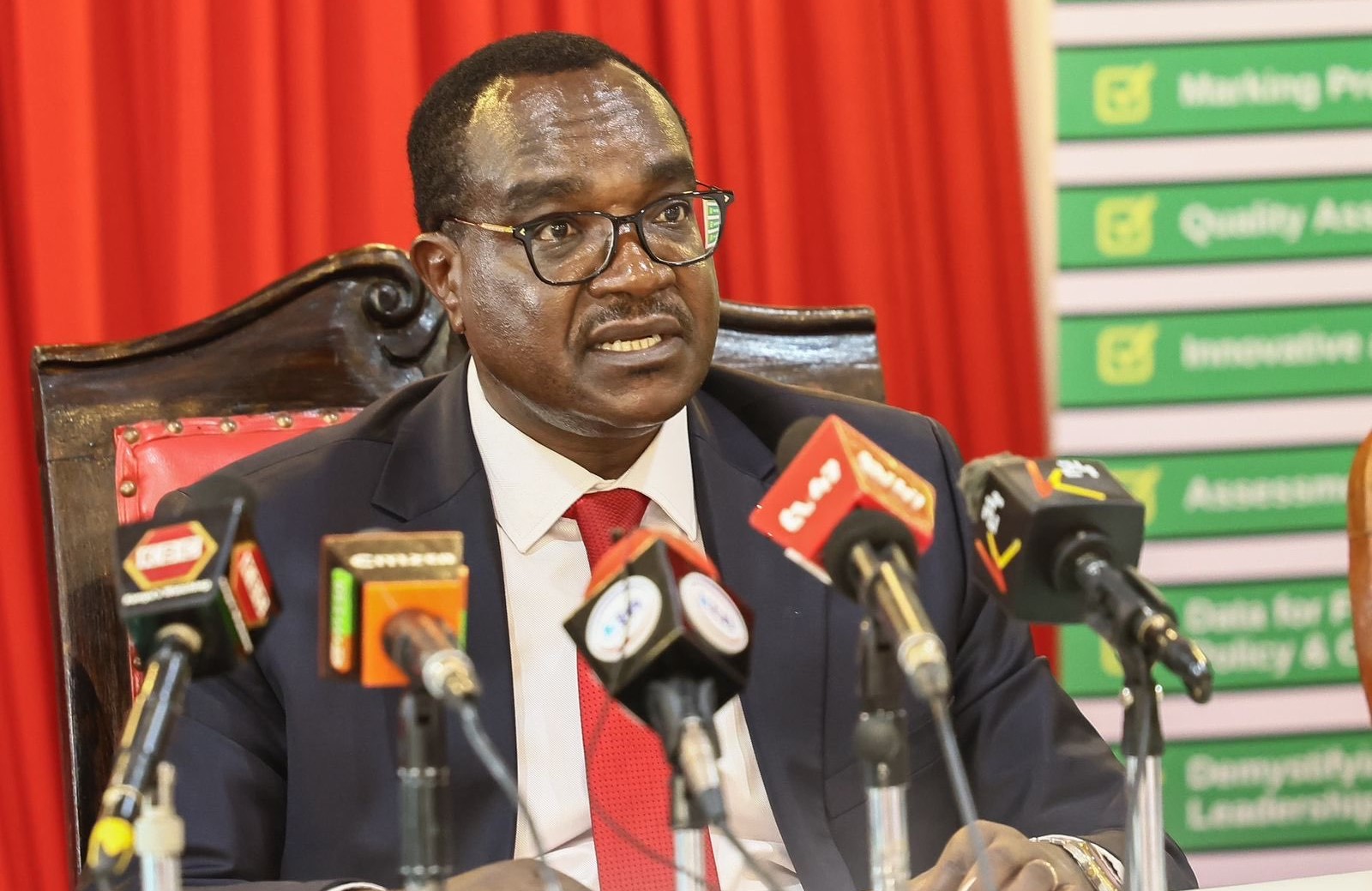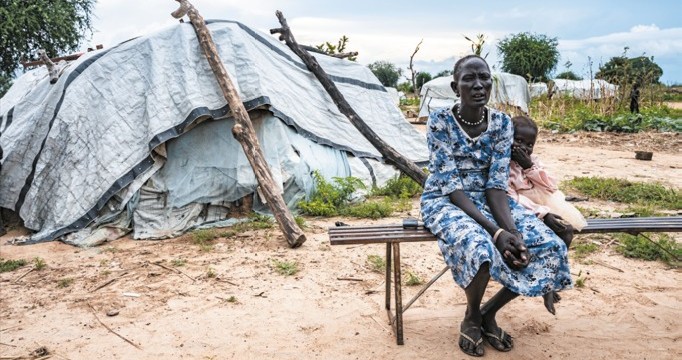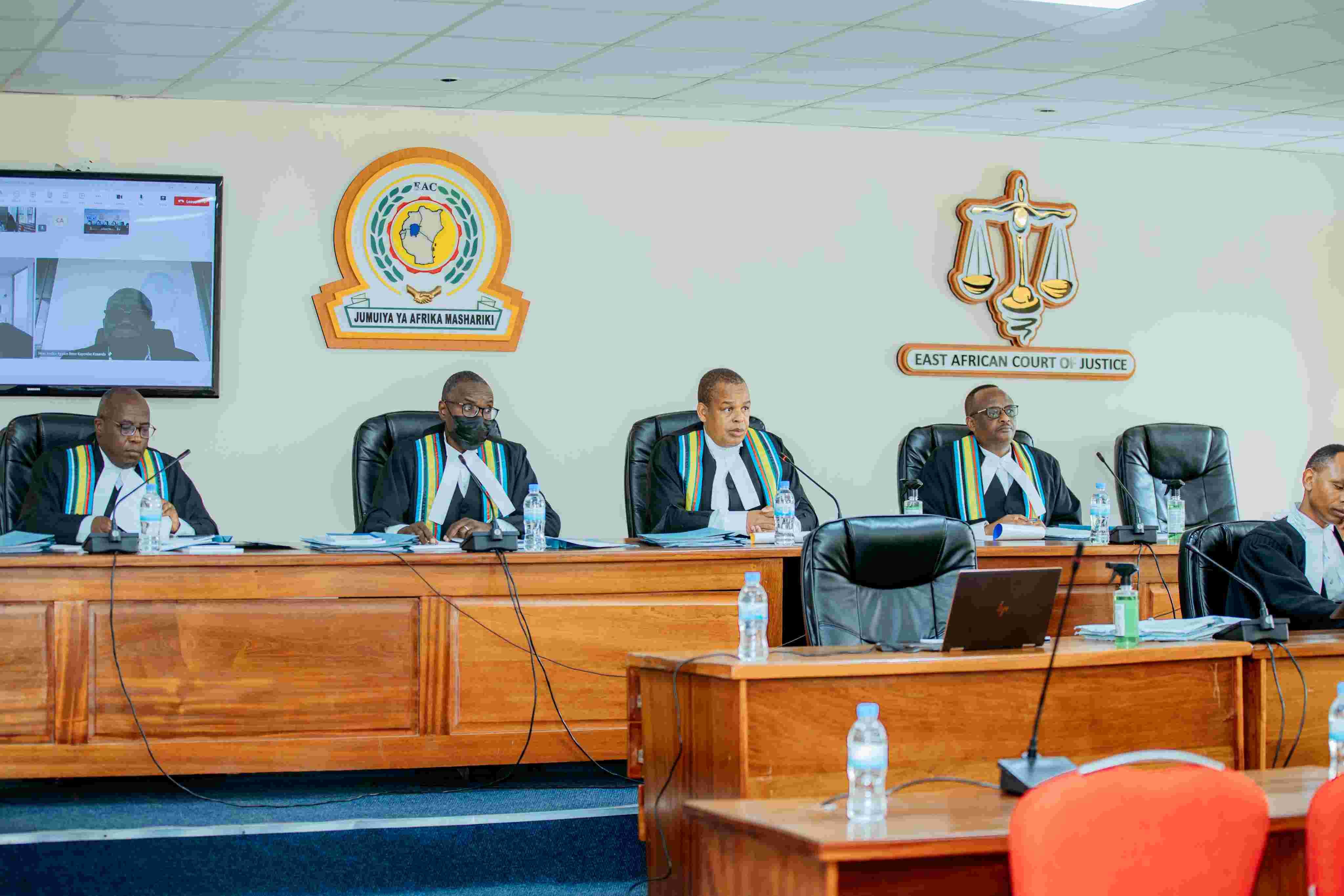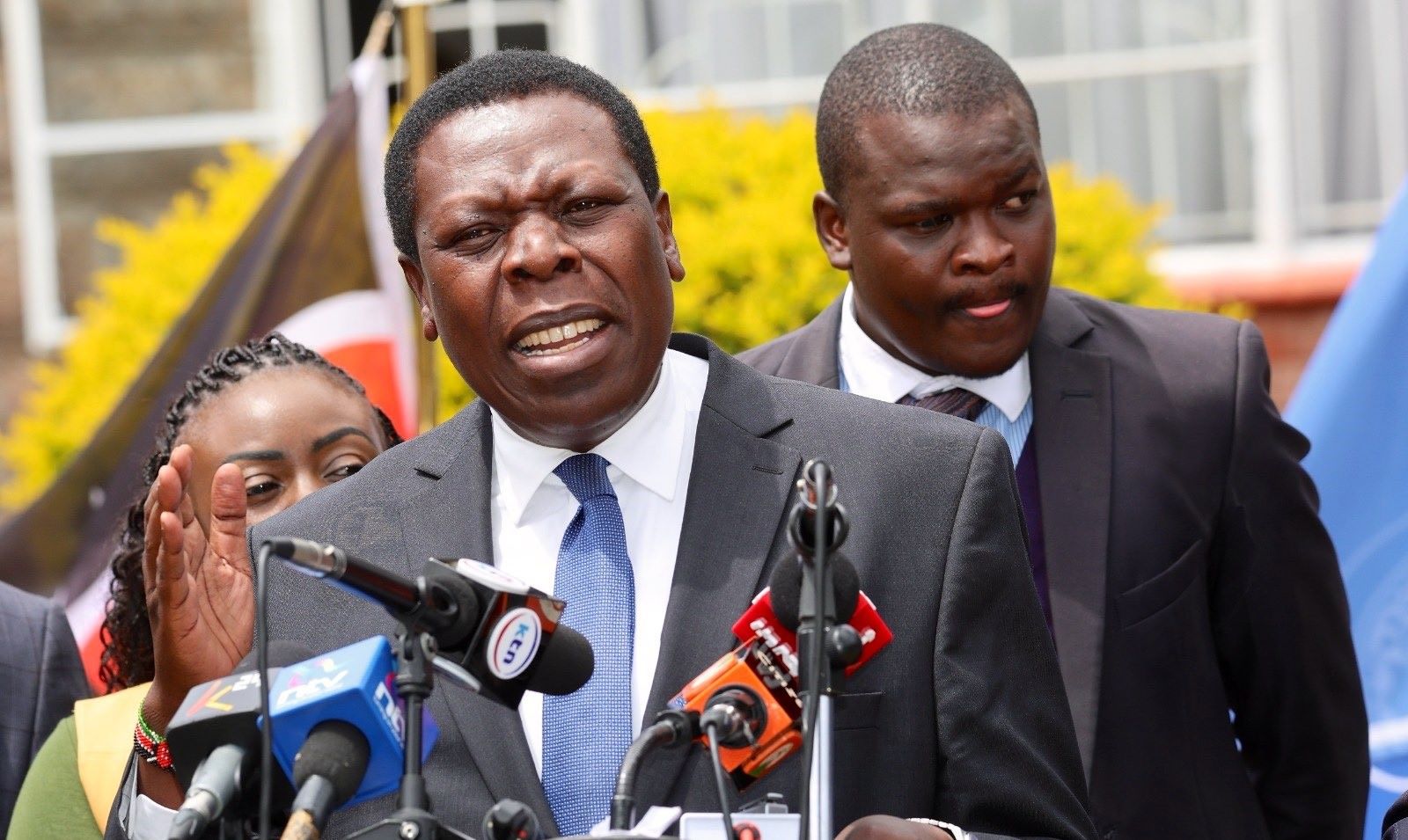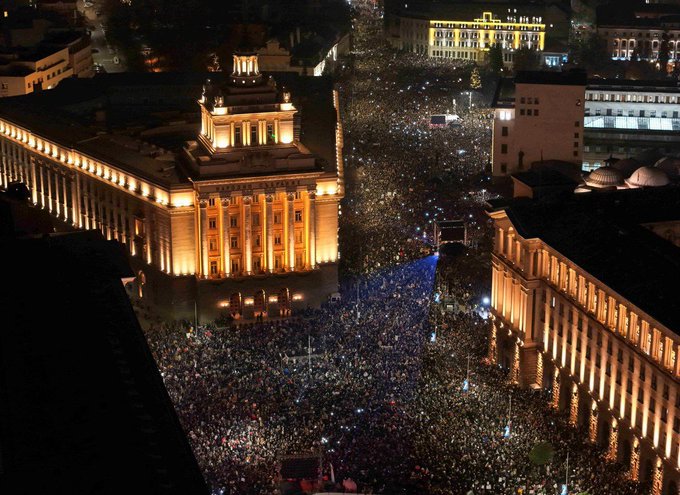Mazingira Day: Why Sakaja's clean city dream is still a mirage
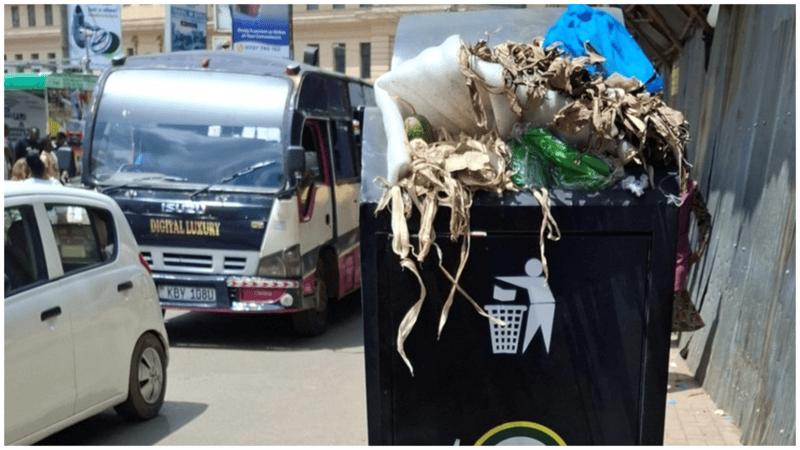
An analysis of posts by Eastleigh Voice on various social media platforms, especially X, shows that residents feel Sakaja’s administration is failing to tackle garbage and drainage problems. They have also raised concerns about the uncontrolled construction of apartment blocks in residential areas.
The Mazingira Day initiative, set aside to conserve the environment through tree planting and other pro-green activities, has been overshadowed in Nairobi by a persistent pollution problem, at least according to city residents.
During his campaign for governor, Johnson Sakaja pledged to clean up the city. To make good on this promise, he created approximately 640,200 green jobs last year, aligning with his manifesto titled A City of Order, Dignity, Opportunity and Hope.
More To Read
- Truphena Muthoni smashes own world record, hugs tree for 72 hours in Nyeri
- Supporting Africa’s drylands: Insights from the pastoralists who call them home
- We inherited Sh118 billion in pending bills, Nairobi Governor Sakaja tells Senate
- Governor Sakaja says Sh180 billion needed to clean Nairobi's main rivers
- Land is Africa’s best hope for climate adaptation: It must be the focus at COP30
- Governor Johnson Sakaja appeals for funds to sustain ‘Dishi na County’
However, complaints about broken sewer lines, unplanned billboards, faulty street lights, and heaps of garbage along roadsides have dimmed that vision.
Nairobi residents, including Sakaja’s political critics, have taken to social media to criticise him for presiding over a city “glossed in filth and chaos.”
An analysis of posts by Eastleigh Voice on various social media platforms, especially X, shows that residents feel Sakaja’s administration is failing to tackle garbage and drainage problems. They have also raised concerns about the uncontrolled construction of apartment blocks in residential areas.
One user, Joanne Emma, highlighted drainage and waste disposal issues in Hurlingham: “Along Chaka Road in Hurlingham, all the way to Quickmart on Argwings Kodhek, it’s been like that for months. Filth everywhere, untouched drains, and poor waste disposal by vendors,” she posted.
Another user, MsoMaria Mwema, lamented the state of infrastructure:
“On Oloitoktok Road—dug-up and uncovered pedestrian walkways, open manholes, blocked drains. But yes, the governor has dimples. This city has never been this run-down.”
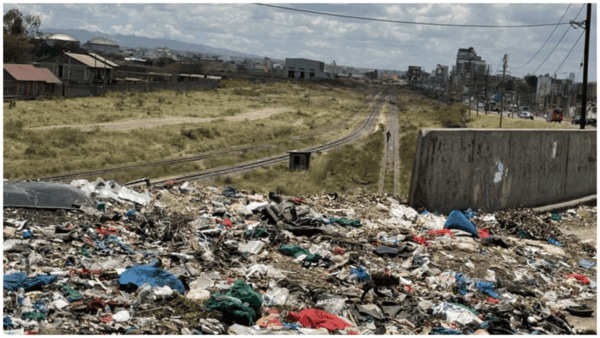 Garbage filled up at a railway intersection in one of the city's residential areas. (Handout)
Garbage filled up at a railway intersection in one of the city's residential areas. (Handout)
Sakaja’s administration has focused much of its cleaning efforts within the Central Business District (CBD), leaving many estates and outer roads neglected.
Last year, City Hall hired about 3,500 support staff to sweep streets, clean drains, and clear litter from public spaces. These efforts form part of the city beautification project, which also includes planting trees, maintaining public parks, and enhancing green spaces.
A vocal critic on X, Alfayaz11, claimed that “Nairobi’s moral and social fabric has collapsed and other counties aren’t far behind.”
Meanwhile, Chris Sambu mocked Sakaja’s directive requiring landlords to repaint their buildings within 14 days or face penalties:
“Sakaja wants landlords to paint their buildings in two weeks. If we gave him one month to clean Nairobi, he’d tell us to chill, lazima iwork,” he wrote.
Nairobi County Executive for Environment, Ibrahim Ouma, told the media that the administration is expanding restoration efforts through partnerships.
“We are focusing on urban greening initiatives, such as restoring green spaces and creating urban forests. For instance, we have revitalised Uhuru Park, Michuki Park, and Jeevanjee Gardens, and we plan to develop more neighbourhood parks. So far, we have planted 1.6 million trees in the last two years,” Ouma said.
He added that these projects aim to improve air quality, reduce urban heat, and boost biodiversity, key to mitigating climate change and improving residents’ quality of life.
Recycling, he noted, is central to the county’s environmental management strategy.
“We have introduced initiatives to promote recycling and waste segregation at source. This includes awareness campaigns and partnerships with community-based organisations, public institutions, and private recycling firms, alongside the construction and operation of material recovery facilities,” he said.
Top Stories Today
Reader Comments
Trending

